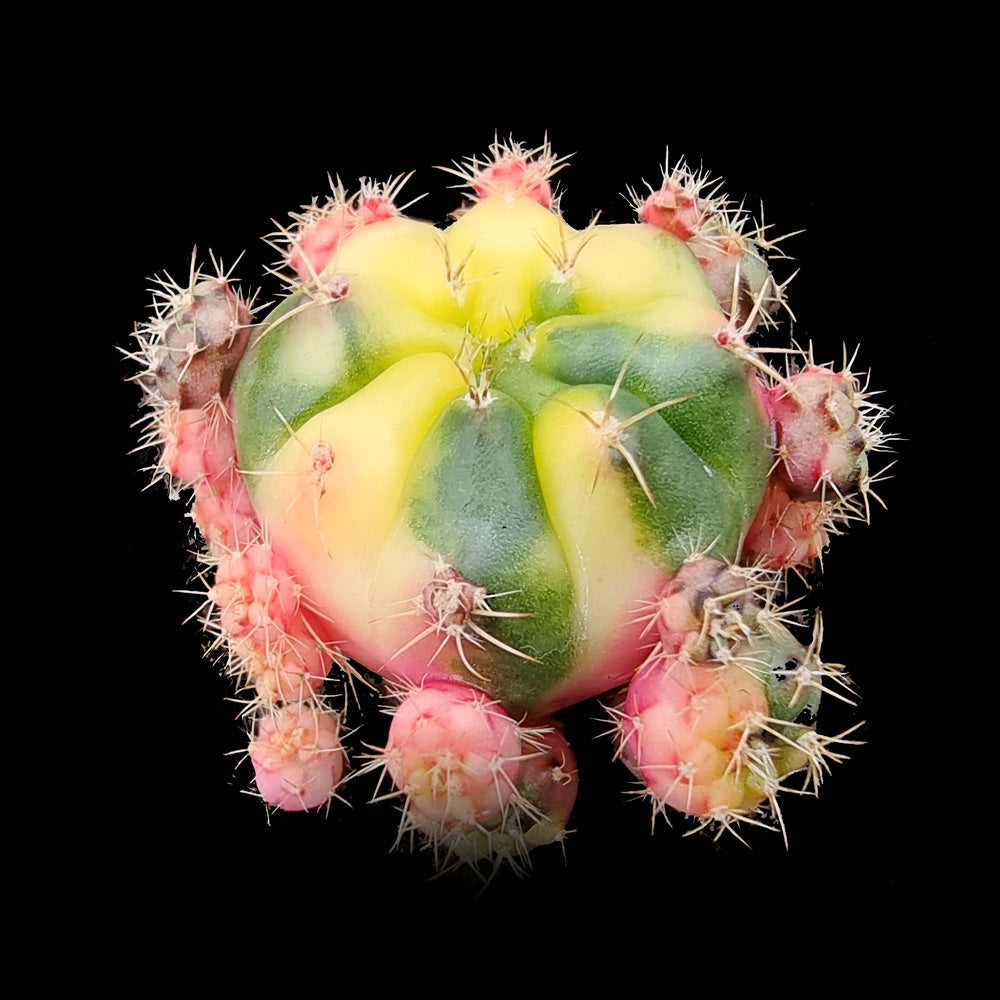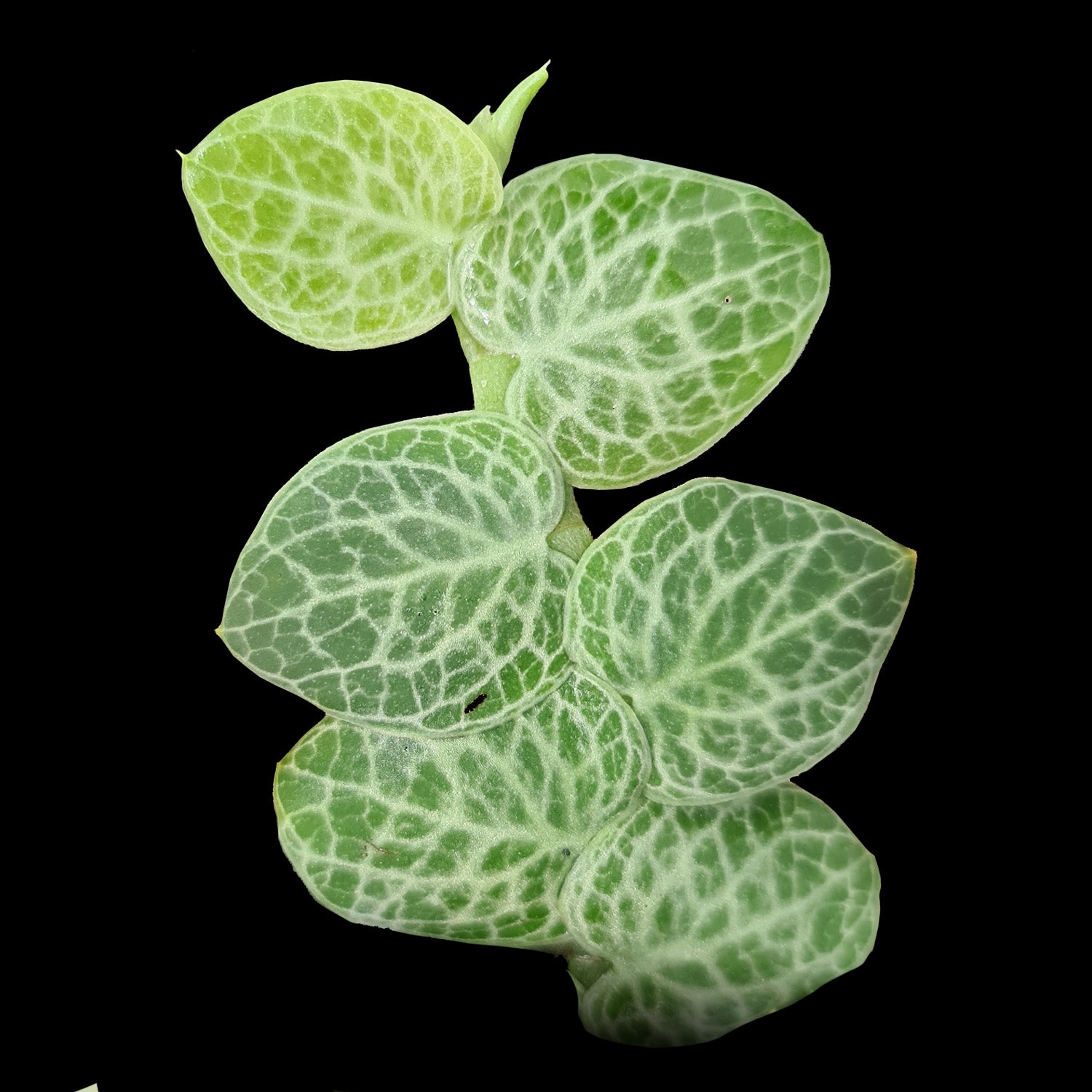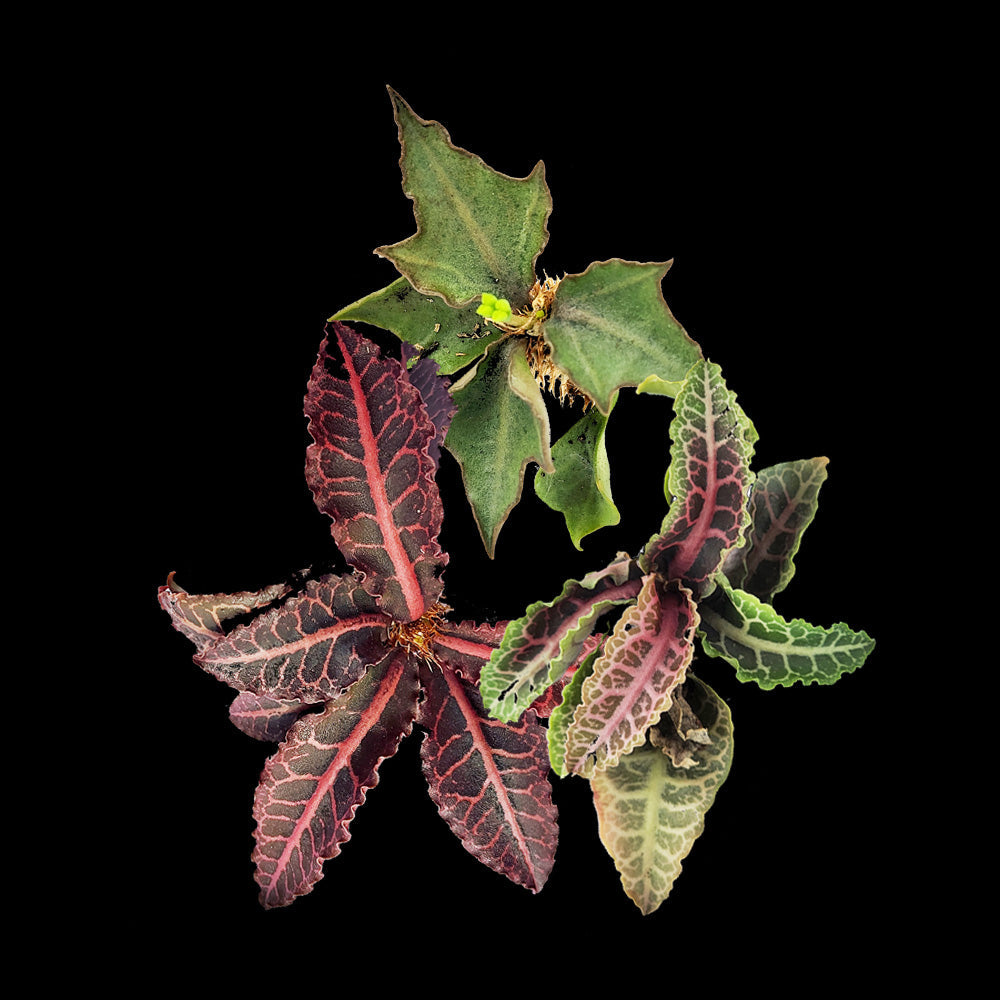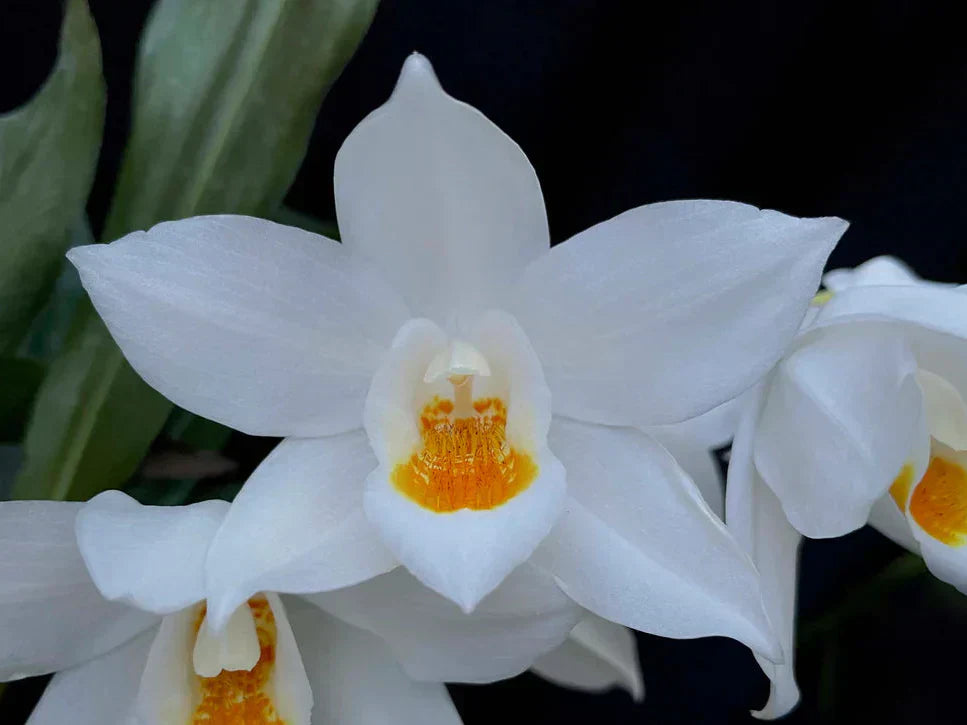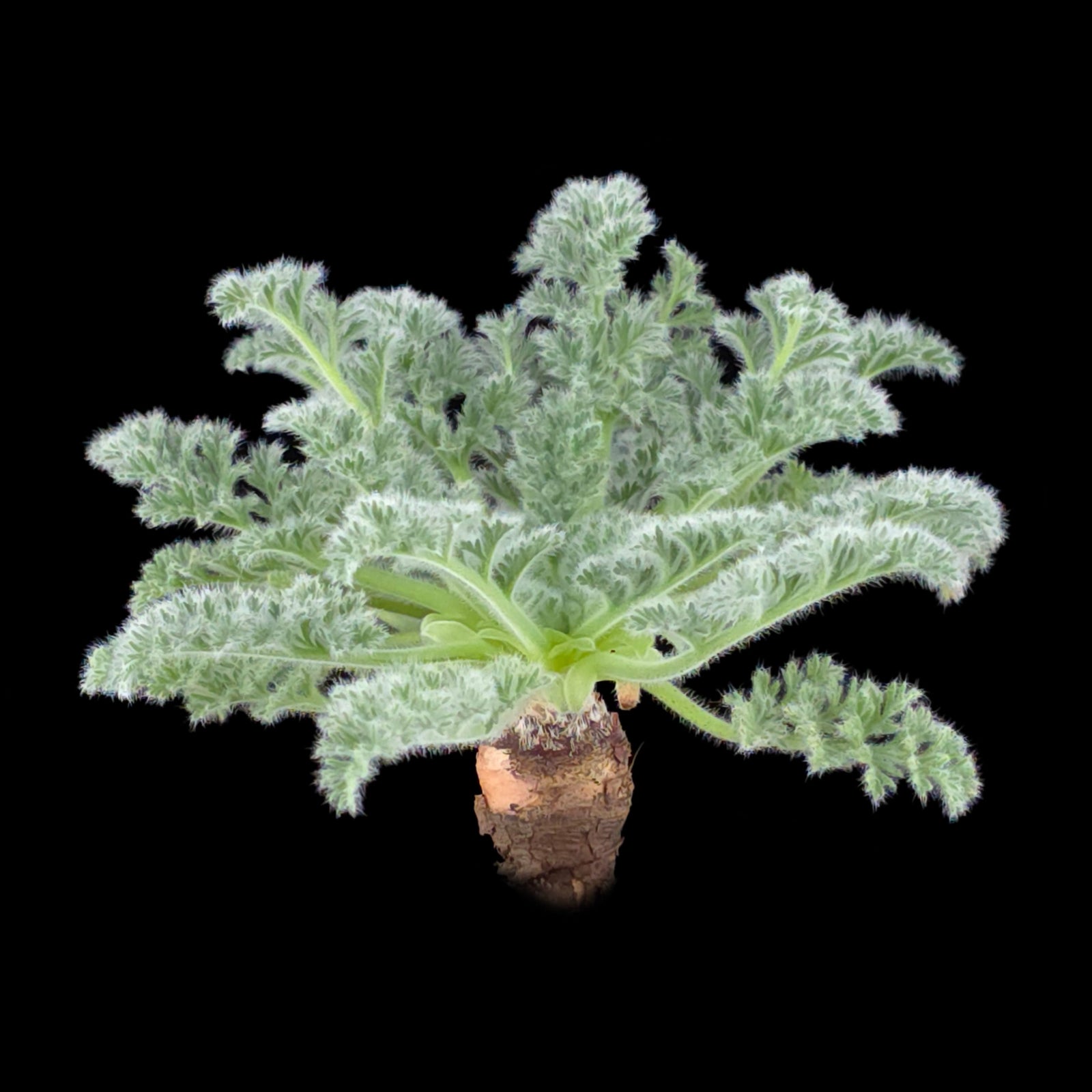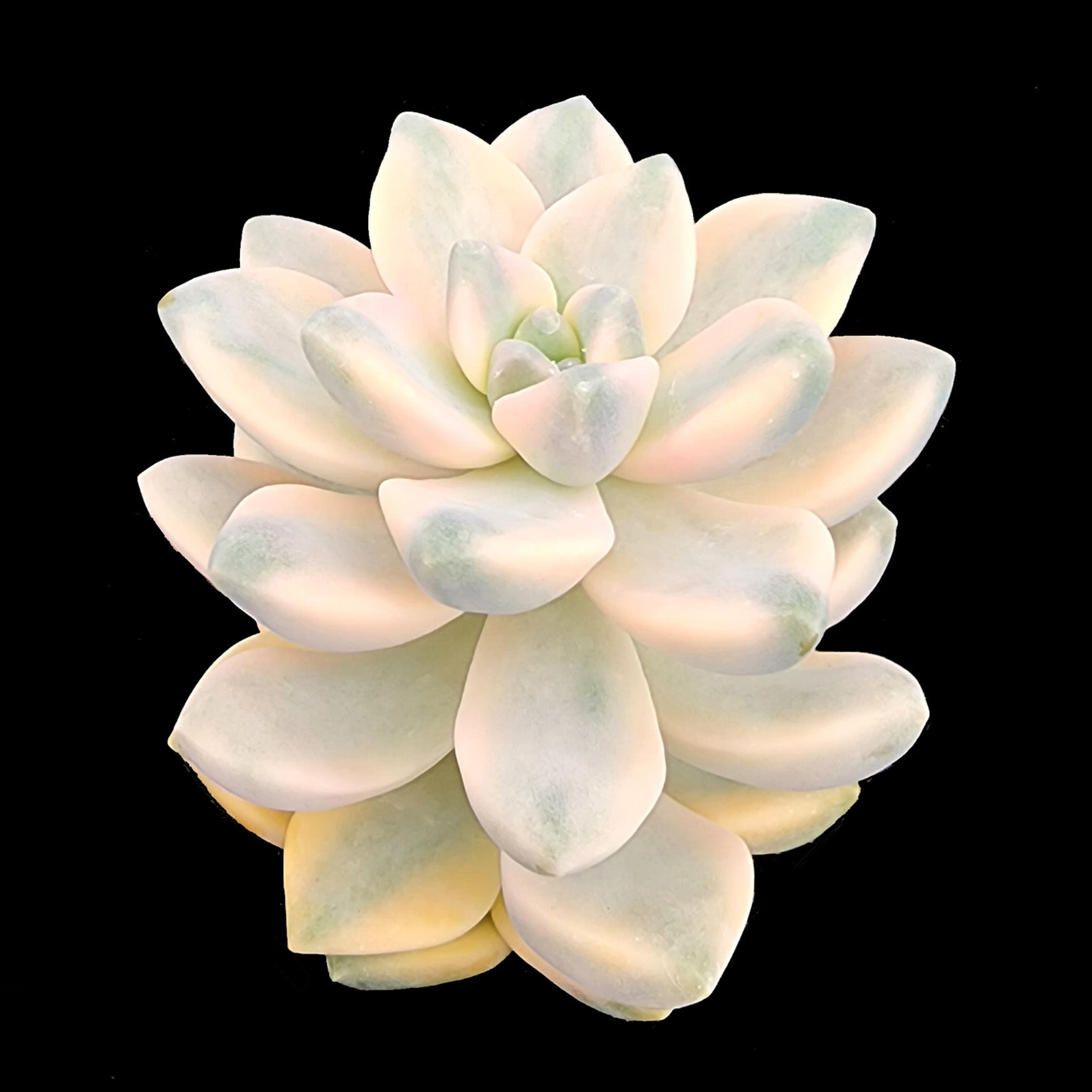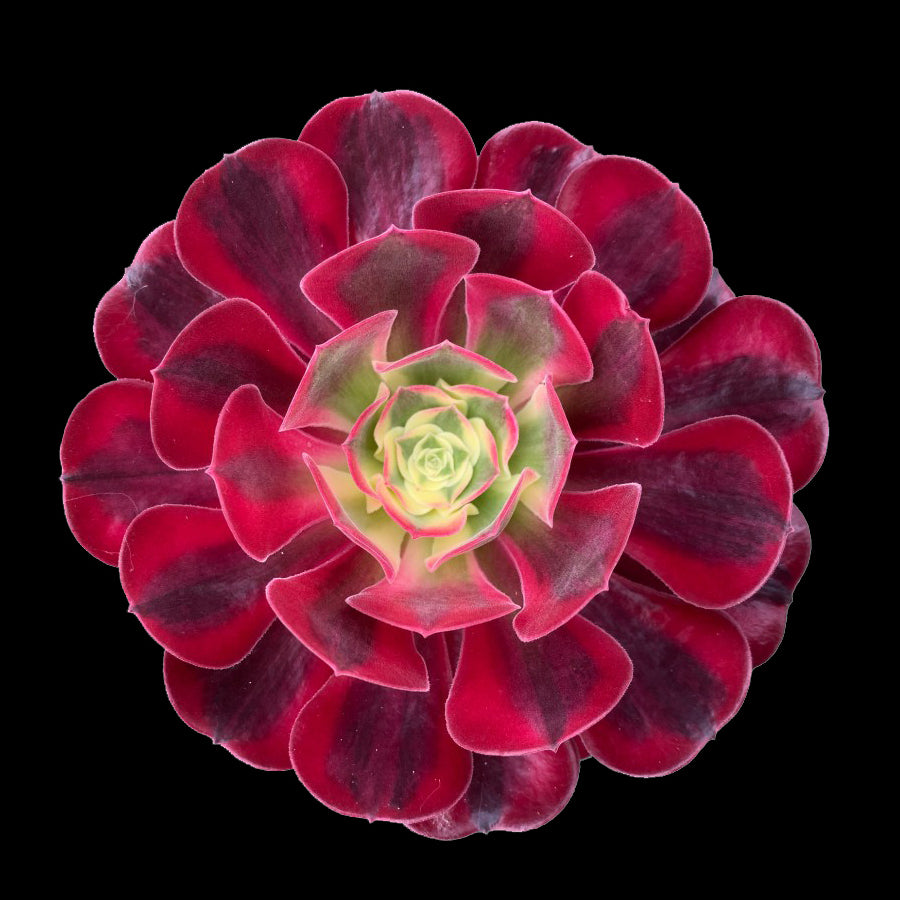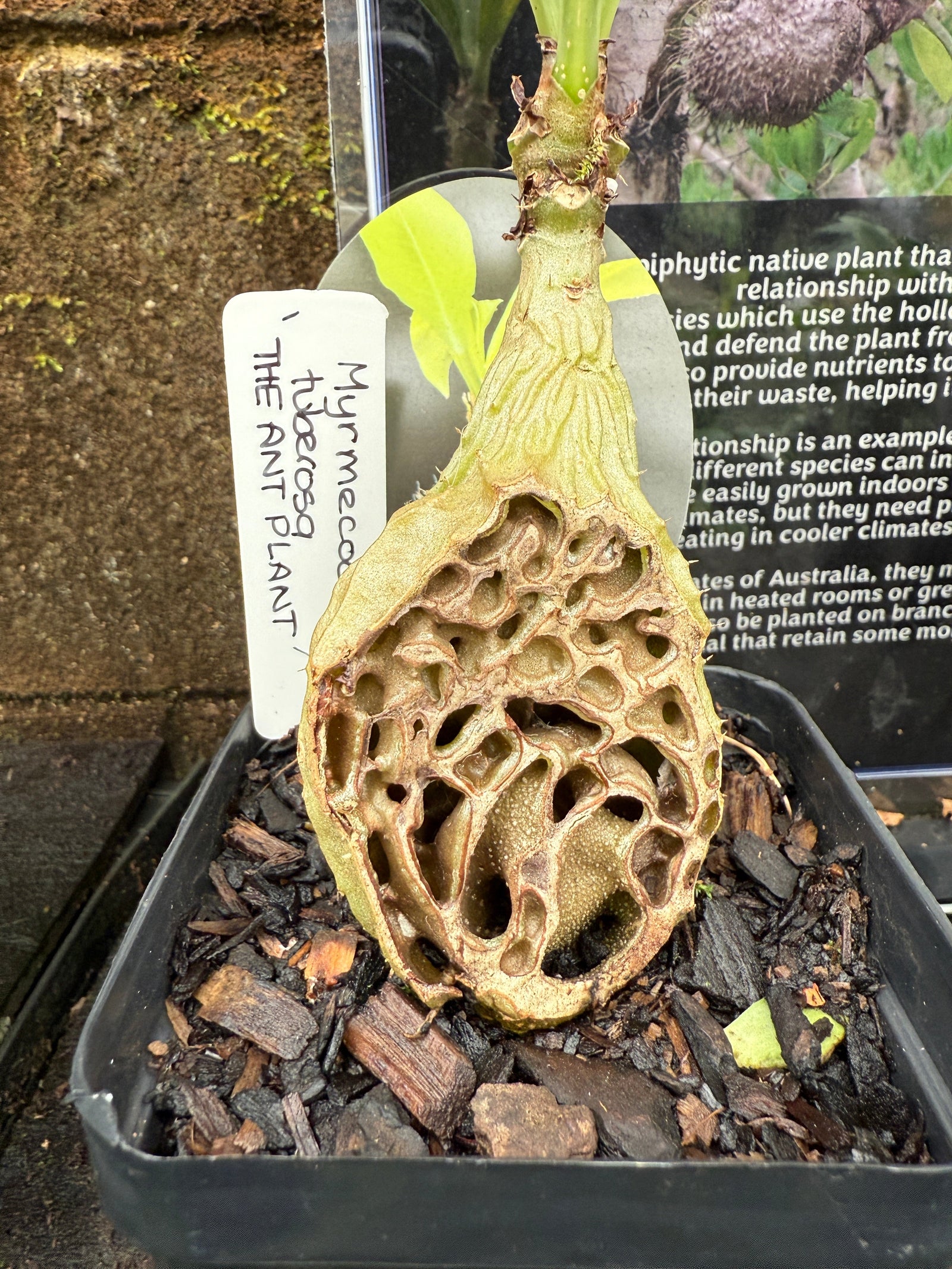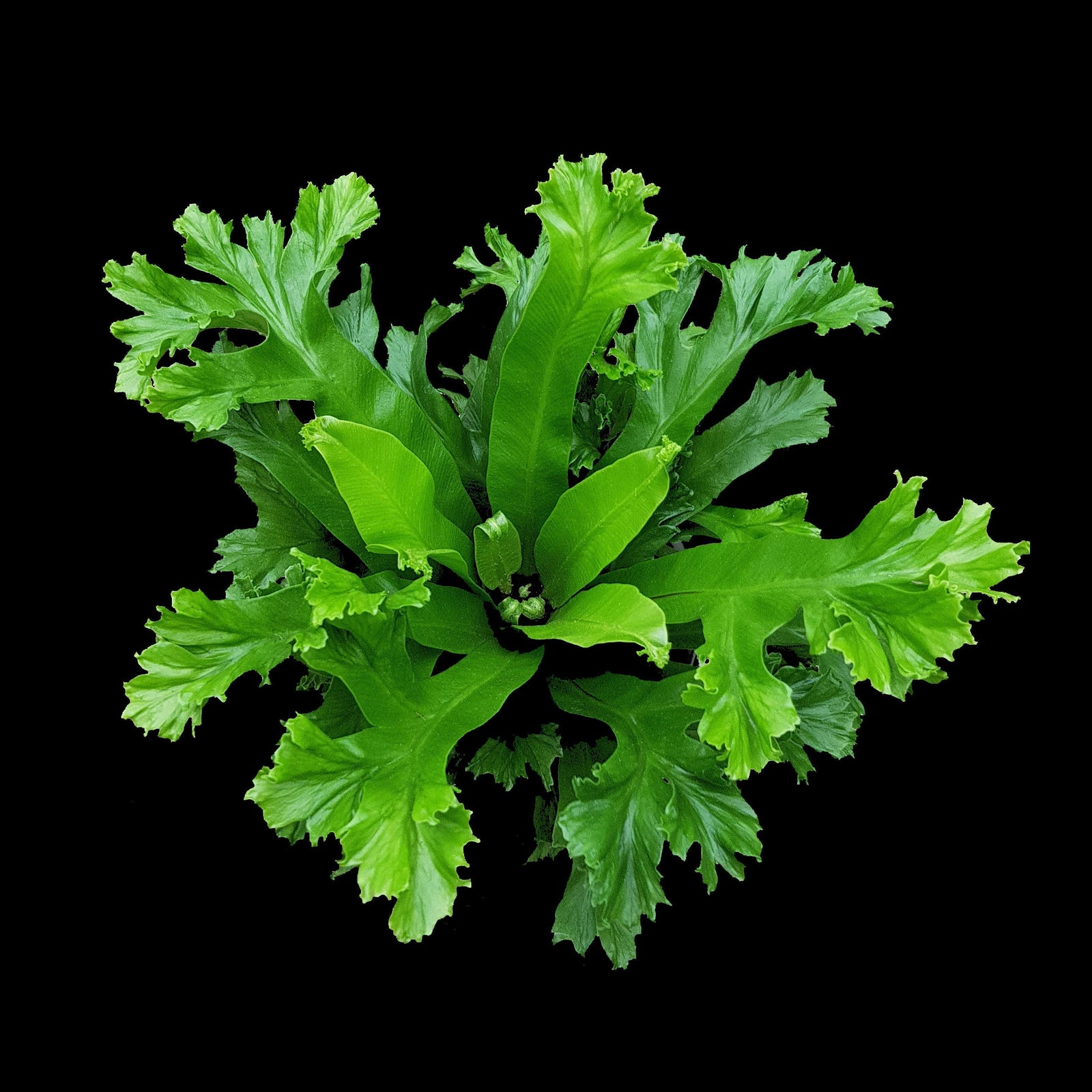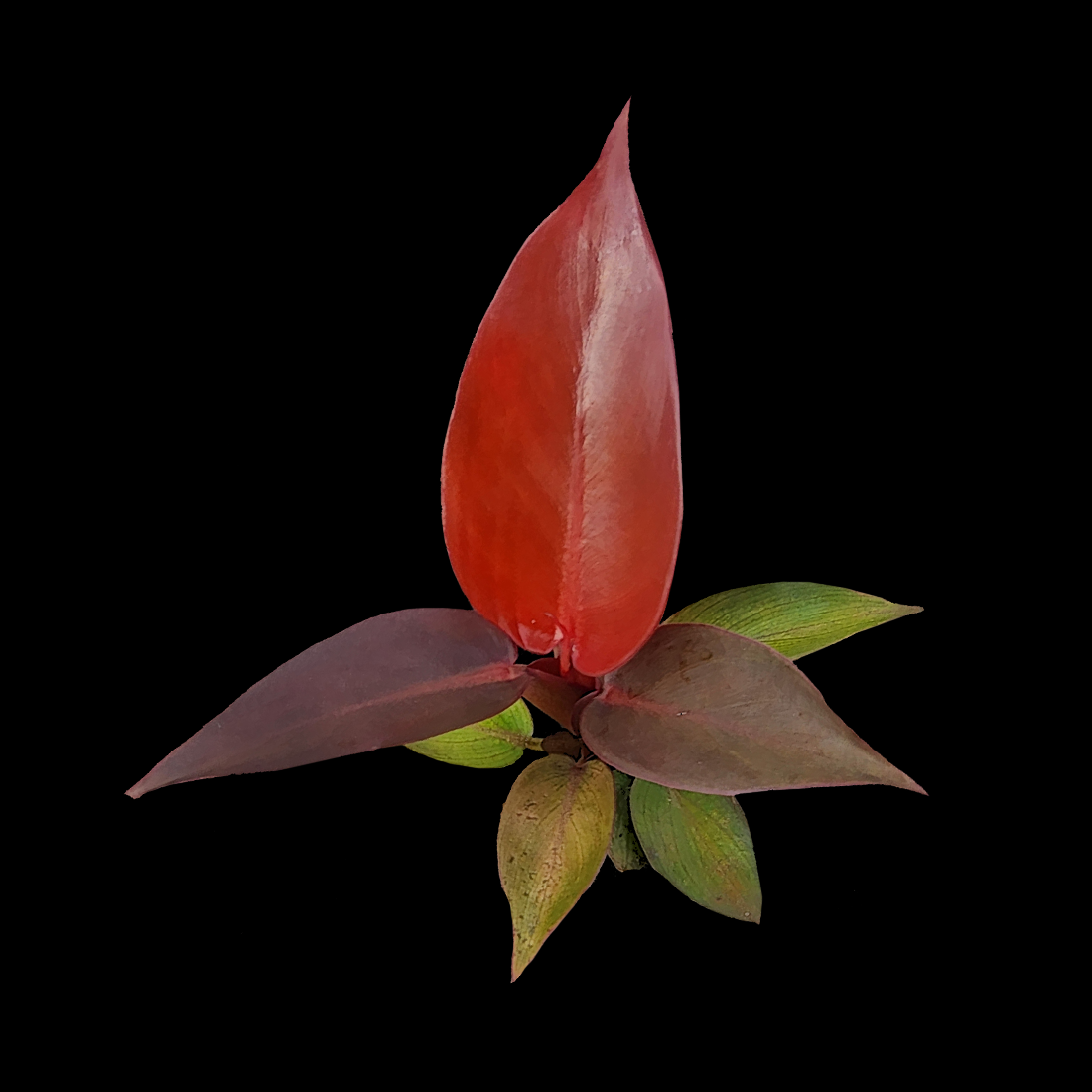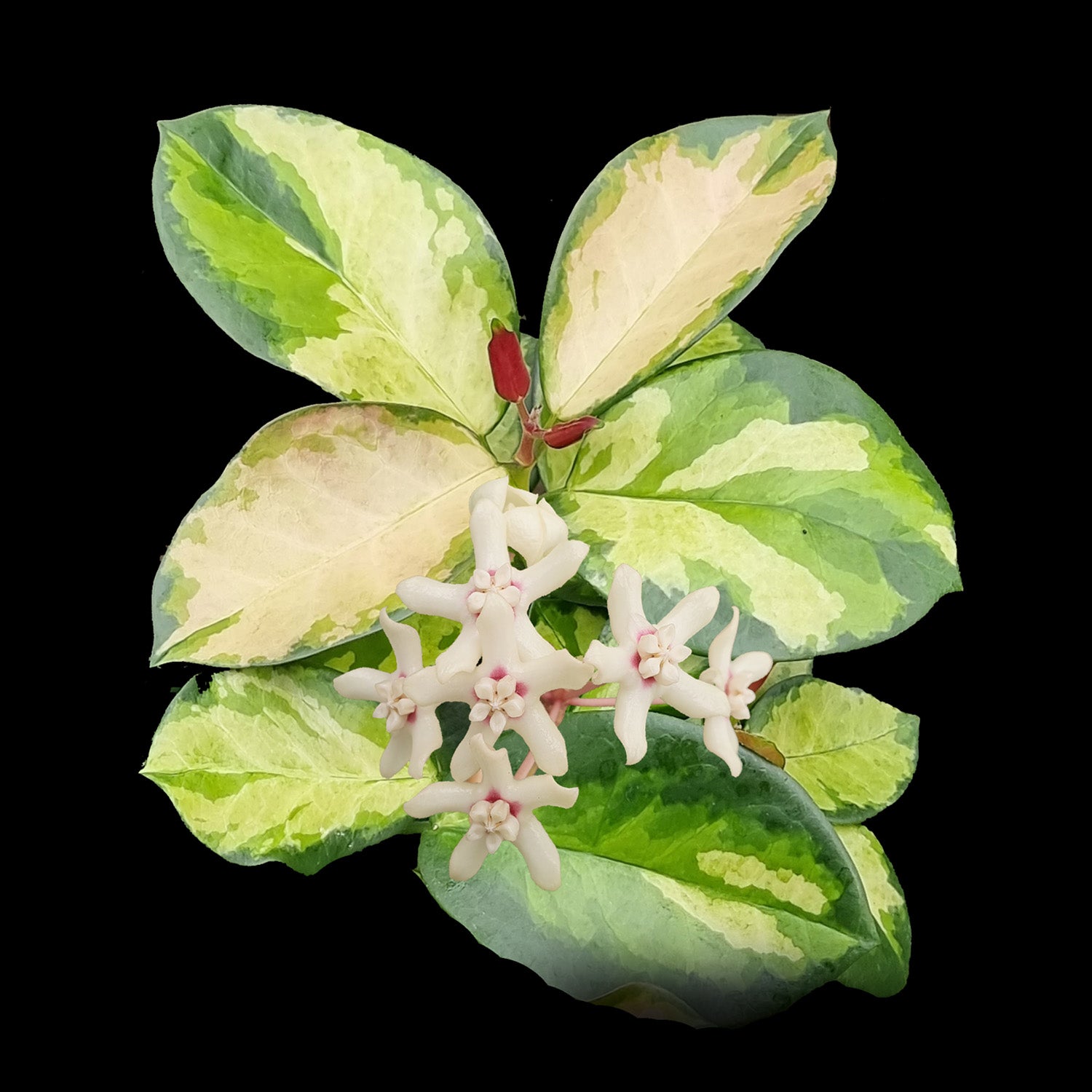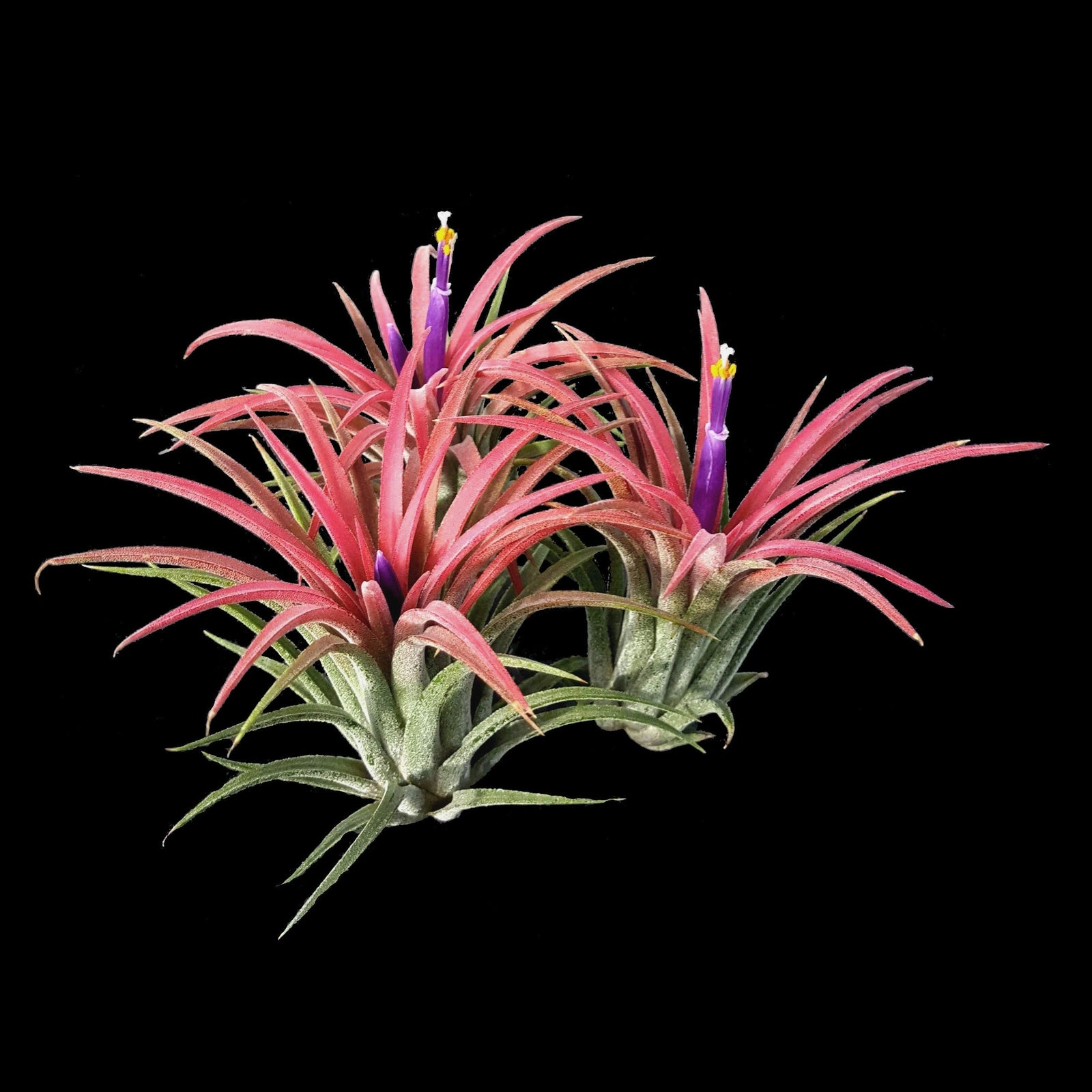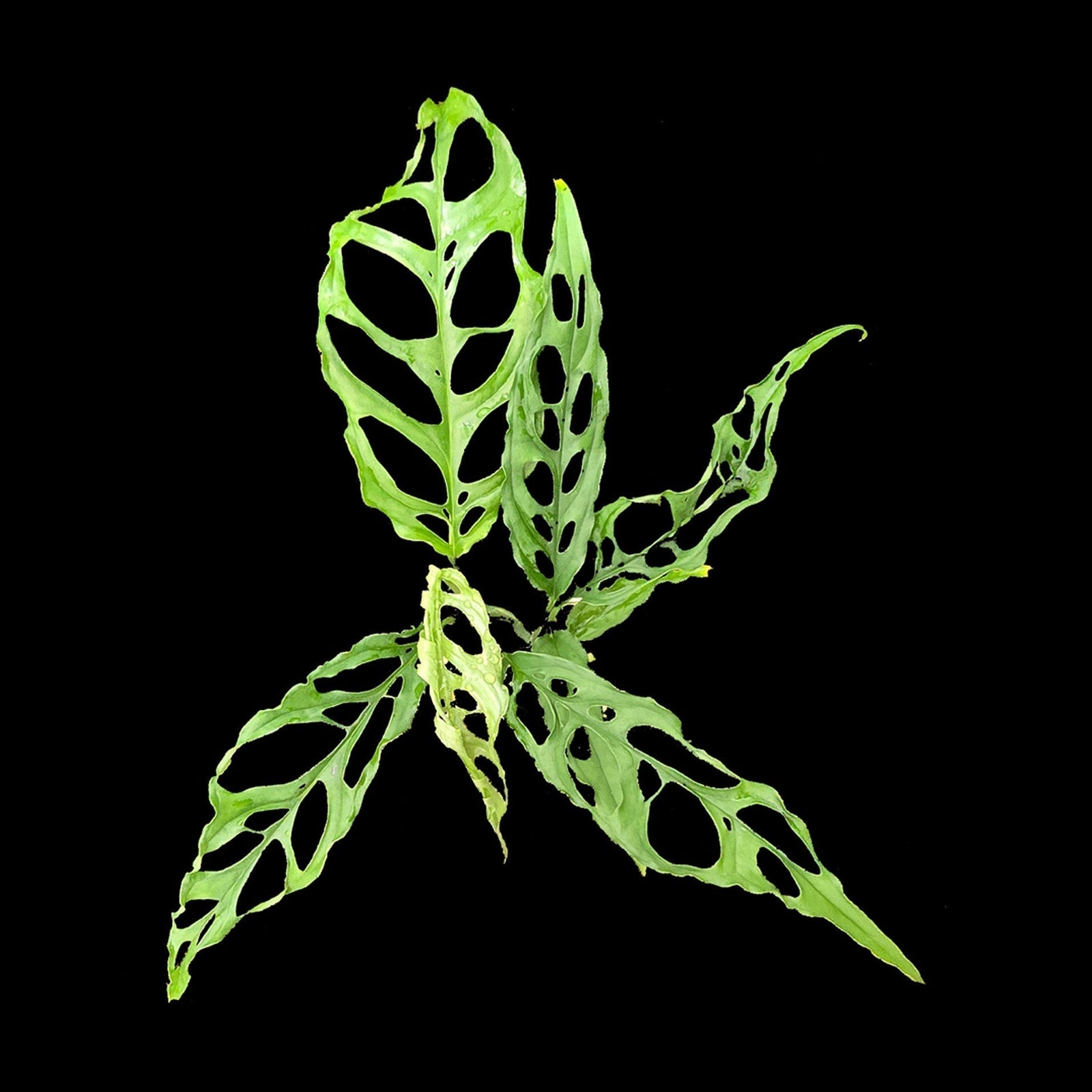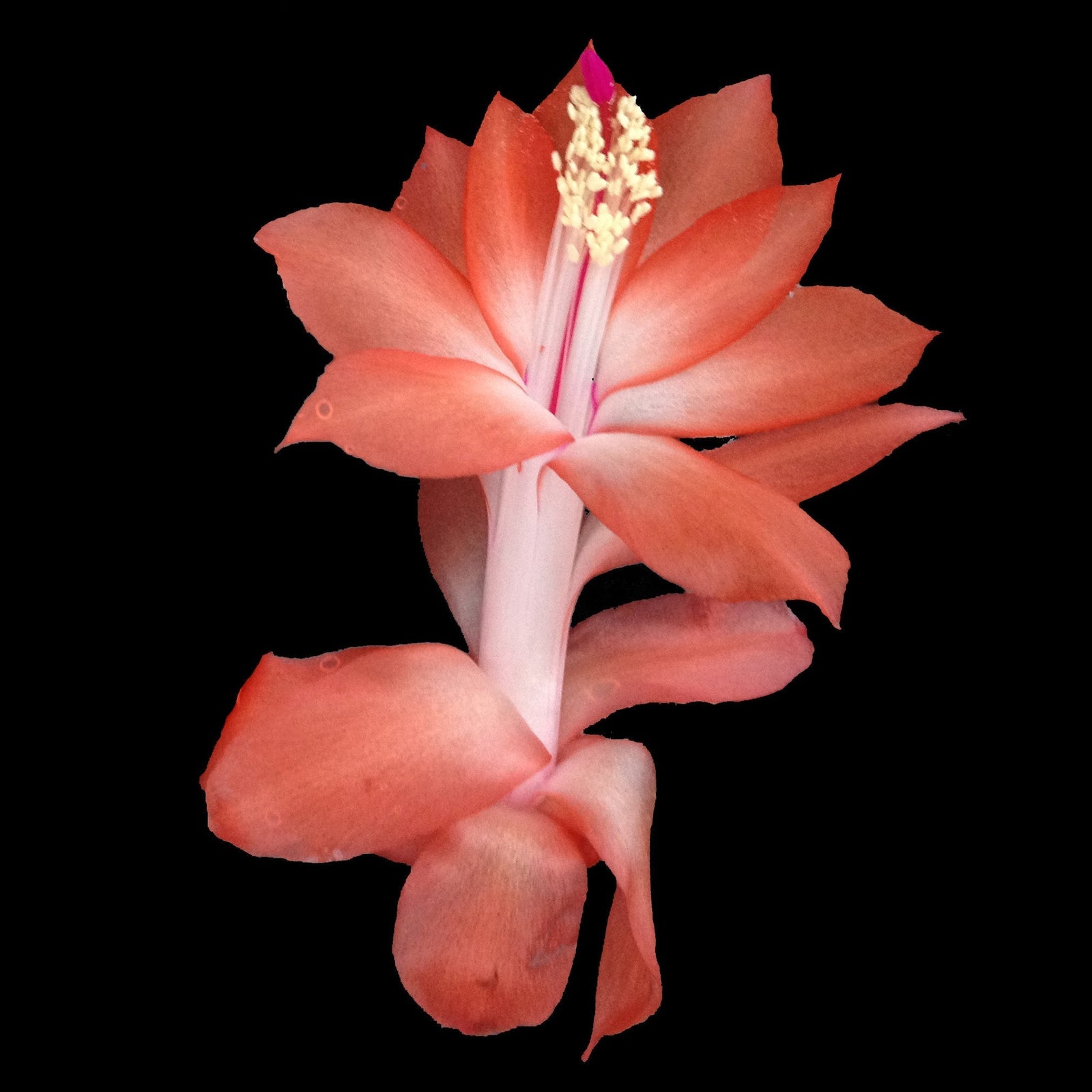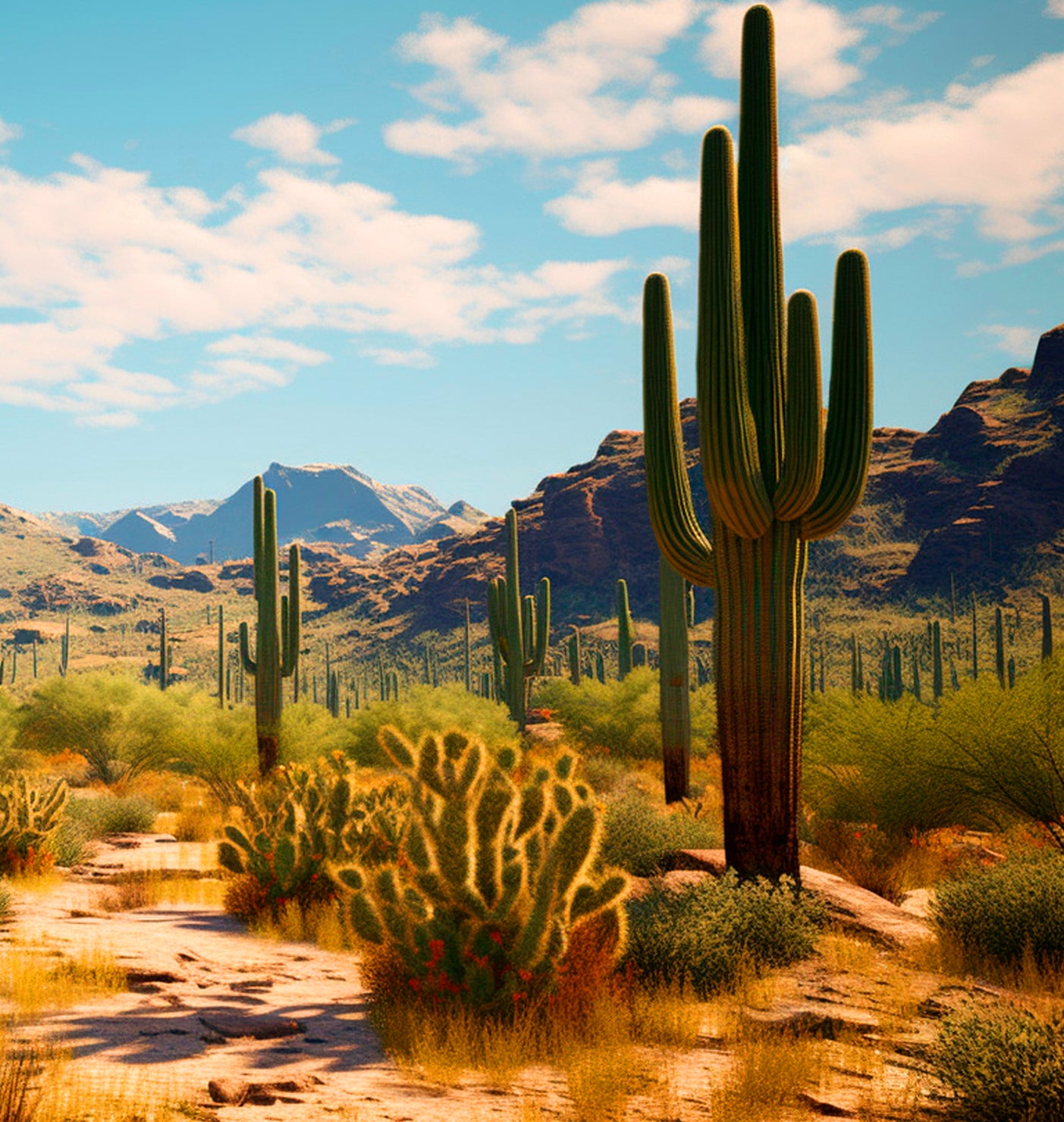The Great Divide: Why Sundew Care Varies
Unlike Venus Fly Traps, which are all temperate, the Drosera (Sundew) genus is diverse. You must identify whether your specific Sundew is Sub-Tropical (which must stay warm year-round) or Temperate (which requires mandatory cold rest).
Failure to provide the correct winter environment will result in the death of your plant.
Group 1: Sub-Tropical Sundews (No Dormancy)
These varieties grow continually throughout the year and will die if exposed to prolonged freezing temperatures. They require a stable, warm environment.
- When to Water: Water generously using the tray method all year, ensuring the soil remains consistently wet.
- Common Examples: Drosera capensis (Cape Sundew), Drosera spatulata.
- Winter Care: Must be kept above 10°C (50°F). If grown outdoors in temperate Australian regions, they must be brought indoors or placed in a heated greenhouse.
Group 2: Temperate Sundews (Mandatory Dormancy)
These varieties form a hibernaculum (a tight, hard winter bud) and will fail to thrive long-term if they do not receive 2–3 months of cold rest during the Australian winter.
- When to Water: Reduce watering significantly in May-August, allowing the soil to become slightly drier, similar to VFT care.
- Common Examples: Drosera filiformis (Thread-Leaf Sundew).
- Winter Care: Requires the same cold treatment as Venus Fly Traps. Reference our guide on Troubleshooting VFT Dormancy for management tips.
Troubleshooting Winter Leaf Loss
If you see a Temperate Sundew melting away in Autumn, it is not dying—it is preparing to form its hibernaculum. Conversely, if your Sub-Tropical Sundew is losing leaves in winter, it is likely too cold or receiving inadequate light.
- Water Purity: For both types, always maintain purity. Use only Pure Water (RO/Distilled).






























